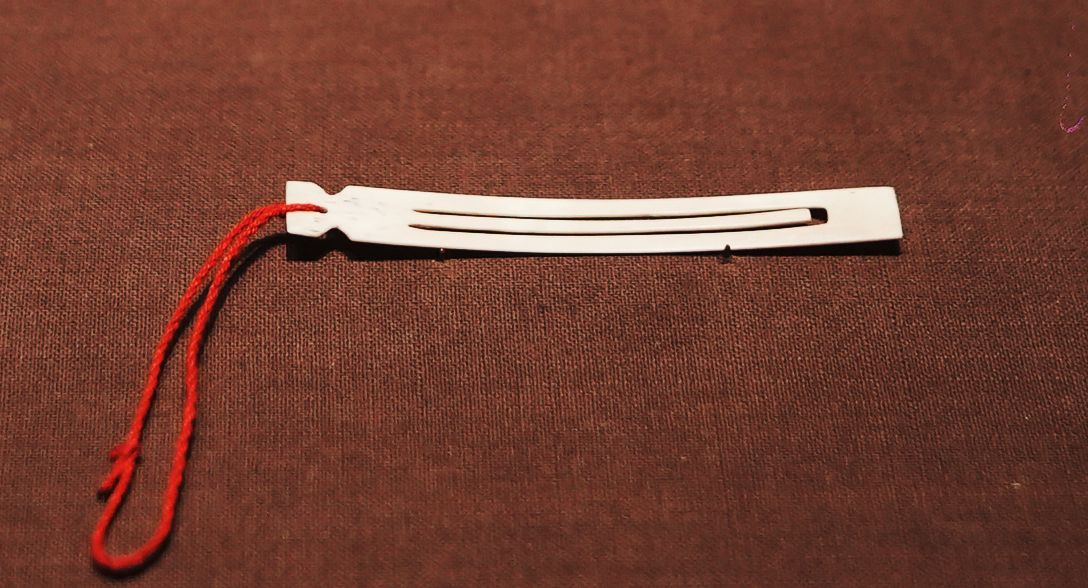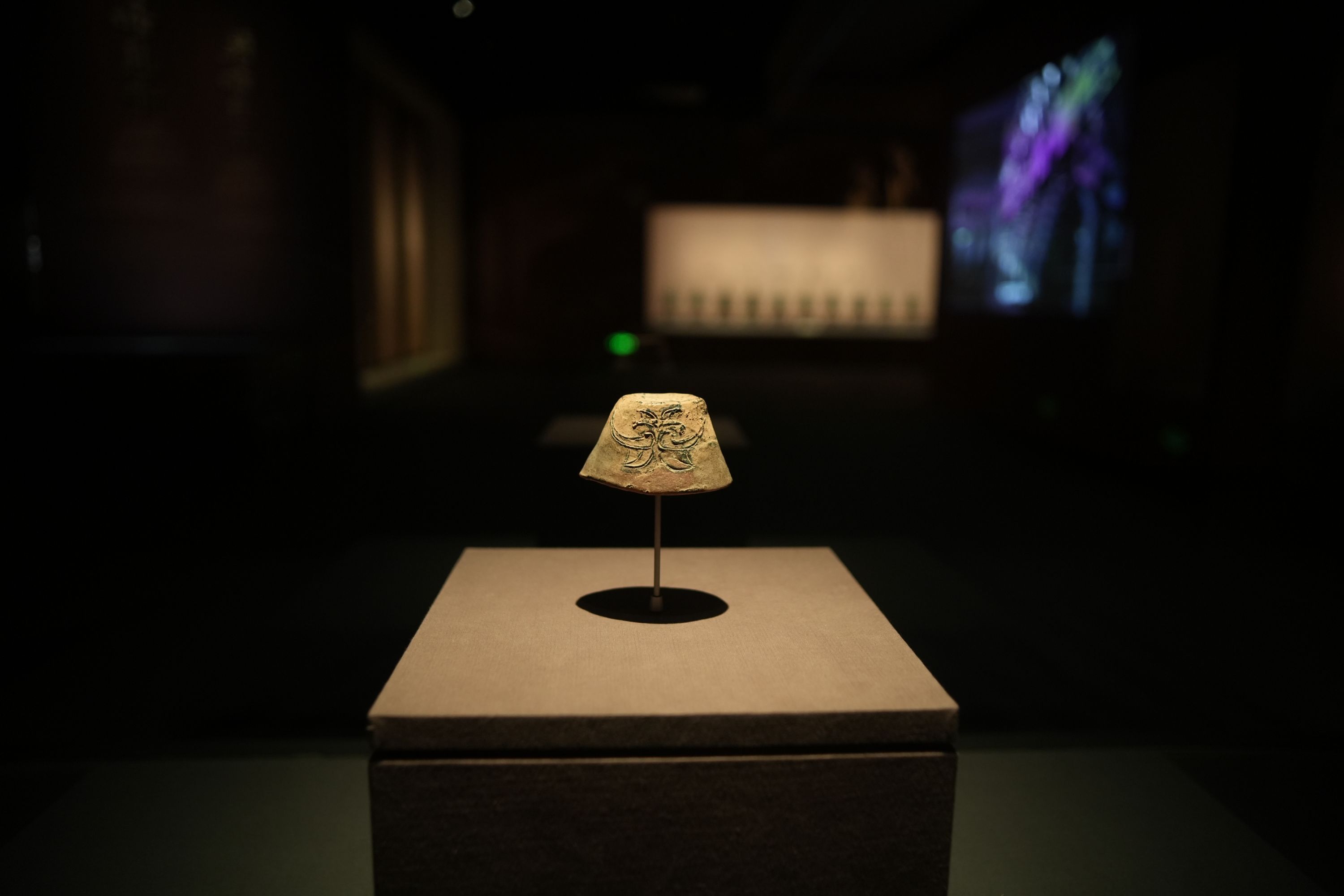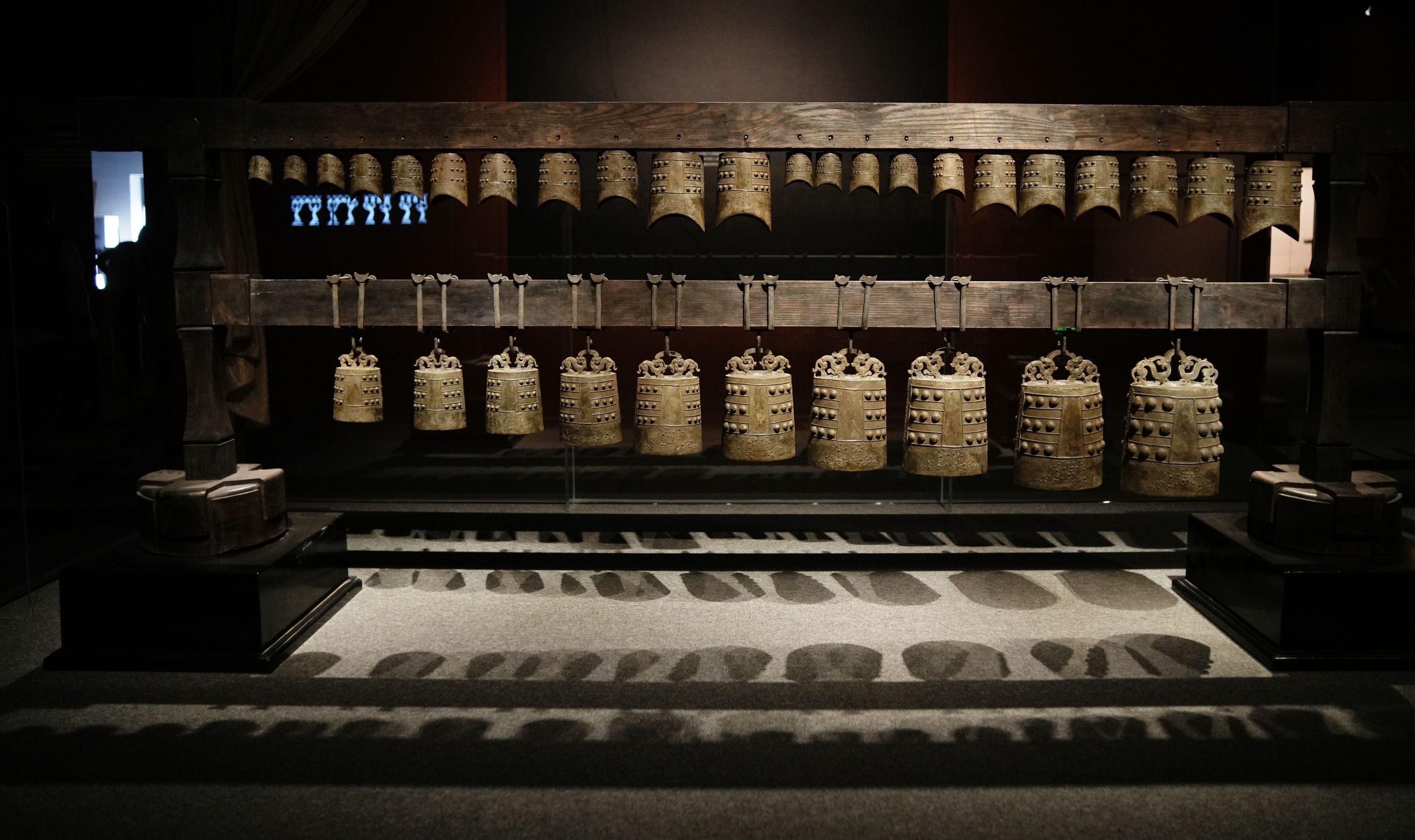"Harmony: The Power of Music - Early Chinese Musical Instrument Culture" Exhibition Officially Launched
Music is an important part of Chinese excellent traditional culture and the psychological basis for the formation of Chinese traditional concept of harmony. Sponsored by the State Administration of Cultural Heritage and the People's Government of Hubei Province, and organized by 15 cultural and museum institutions across the country, including Hubei Provincial Museum, Hunan Provincial Museum, and Sichuan Museum An important part of the main venue of the Museum Day, it was officially launched on May 18 in the temporary exhibition hall on the second floor of the North Building of Hubei Provincial Museum.
On the afternoon of May 17, a reporter from Changjiang Daily went to explore the exhibition to experience the charm of 116 early Chinese musical instruments from Hubei and several provinces across the country, and listen to the interpretation of Wei Mian, a librarian of Hubei Provincial Museum and the curator of the exhibition.
Musical instruments from 4,000 years ago made ancestors perceive the beauty of harmonics

The bone spring was unearthed at the Shimao site in Shenmu, Shaanxi, about 4,000 years ago. When playing in the late Longshan culture, the fingers moved the reed tongue, which coupled with the mouth to produce sound.
Stepping into the exhibition hall, the first musical instrument that entered the reporter's field of vision was a bone whistle about two inches long, gray-green, with a hole in the middle.
Wei Mian introduced that this is a cultural relic unearthed at the Kuahuqiao Cultural Site in Xiaoshan, Zhejiang in 2003, called Kuahuqiao Bone Whistle, which appeared in the Neolithic Age about 8,000 years ago. It is easy to play, with rich timbre changes and strong penetrating power.
Another Neolithic musical instrument is a bone spring unearthed at the Shimao site in Shenmu, Shaanxi Province, which was produced in the late Longshan culture about 4,000 years ago. This bone spring looks like a thin white bone a few inches long, but an elastic tongue has been removed from the middle. When playing, it is placed between the lips, and the reed tongue is vibrated by stretching the wire or fingering, and it is coupled with the mouth to produce sound. Its sound is a harmonic effect composed of fundamental and overtones.
The ancestors extracted the harmonious sound sequence from the sound of the mouth reed, so that they could play the tune, which was a milestone breakthrough in the history of music. From this, they perceive the homophony and feel the "unity of diversity", which is "harmony".
The original character of "he" is "he", which is a pictographic character, and the left side is a pictogram of a wind instrument. The original meaning of the word "he" refers to the harmony of the sound of musical instruments, which is extended to a broad sense of harmony. The word "he" was frequently used before the Spring and Autumn Period, and its use frequency dropped sharply in the Warring States Period, and the word "和" was gradually replaced in the literature.
Musical cultural relics show the formation and development of ritual and music civilization

A pottery bell, unearthed from the Sanfangwan site in Shijiahe, Tianmen, Hubei. The late Neolithic period rocked a body-sounding musical instrument. The body of the instrument was carved with patterns, and when it was knocked, it produced two tones.
"The oval pottery bell, which can emit two different pitches, is the prototype of the 'two-tone bell'."
Wei Mian pointed to a replica of a pottery bell unearthed in Shijiahe, Tianmen, Hubei, and said that the pottery bell is a musical instrument that is shaken and played.
She introduced that most of the early bells were made of pottery, with small bodies, oval or tile-shaped mouths, and built-in bell hammers, which could be struck to make sounds. Pottery bells appeared in the late Neolithic Age, and were found in Shaanxi, Shanxi, Henan and Hubei and other places. It is generally believed that the invention of pottery bells by ancestors was inspired by flowers.
Then, Wei Mian took the reporter to see the first bronze musical instrument, a bronze elephant pattern unearthed on the top of Shigu Village, Ningxiang, Hunan in 1959. It was cast in the late Shang Dynasty. It is a percussion body sounding instrument, in the shape of a tile, hollow, without tongue, with the handle facing upwards, and played by hitting a wood or a bell hammer. Playing the yong-tizheng and the side drum respectively, you can get one note each, and the common two notes are slightly major second interval. At this time, the "one bell and two tones" is a natural phenomenon of a bell-shaped musical instrument, that is, "original two-tone". Yong is the predecessor of Yong Zhong. Between Shang and Zhou, Yongduo was Yong. In the Zhou Dynasty, a group of combined Yong bells with different pitches were hung on a wooden frame to become chimes.
Before the Shang Dynasty, the ancestors introduced the sound of Zhongzheng and peace in nature into rituals such as sacrifices to express gratitude to all things in the world and pray for happiness to come. Zhou people also believe that the sound of harmony can make all things prosperous, and at the same time, they believe that the use of music can make the state and family harmonious and the world harmonious, and the system of ritual and music developed from this.
From natural phenomena to humanistic concepts, from the performance of musical instruments to the system of ritual and music, the exhibition demonstrates the "power of music".
Wei Mian said that the 116 musical instruments from the Neolithic Age to the Warring States Period exhibited in this exhibition showed the development of early musical instruments ranging from less to more varieties, from simple to complex structures, with increasingly mature production techniques and perfect musical performance. process. From the "harmony" of musical instruments to the "harmony" of institutions and the "harmony" of ideas, the exhibition shows the formation and development of ritual and music civilization through musical cultural relics.
The audience can hear the sound of thousands of years ago

The chime of the tomb of Tianxingguan No. 2.
The reporter saw at the scene that the exhibition is divided into five sections: "God and Man Harmony", "Both Harmony and Peace", "Harmony and State", "Harmony and Different" and "Heaven and Earth Harmony". The morphological characteristics of ritual music culture at different development stages witness the origin and maturity of ritual music system.
Among the more than 100 musical instruments, there are many well-known musical cultural relics such as Chongyang bronze drums and Qin Gongbian, as well as important new musical archaeological discoveries such as the Kuahu Bridge Bone Whistle, Shimaokou Reeds, and Chuji Chime Bells. There are stringed instruments from the Warring States Period - Zenghou Yise, Fuling Xiaotianxi chimes unearthed in the late Warring States period unearthed in Xiaotianxi, Fuling, Sichuan, and many bells with inscriptions that record the deeds and status of the owner.
Why is the bell of Zeng Houyi, the treasure of the Provincial Bozhen Pavilion, not in this exhibition? Wei Mian explained that Zeng Houyi’s chime was the master of chimes in the Warring States Period. It is a representative early Chinese musical instrument with perfect musical performance and exquisite casting technology. It represents the pinnacle of ritual and music civilization. Of course, this exhibition cannot be missing it. Considering the large size of Zeng Houyi's bell and the fact that it is in the new Provincial Museum, the staff will remind the audience to move to the Zeng Houyi exhibition hall of the new museum to watch it.
Why does this year's International Museum Day main venue exhibition focus on early Chinese musical instruments? Wei Mian said that the musical instruments of the pre-Qin period are a major advantage of the cultural relics collected by the Hubei Provincial Museum, and in recent years, the musical relics of the pre-Qin period have been unearthed in Hubei, and the research on musical relics has profound academic accumulation. Since the main venue of this year's International Museum Day has chosen Wuhan, Hubei, it is natural for us to dedicate the most advantageous cultural relics and treasures in Hubei and display the latest academic research results, not to mention that the development of early musical instruments can reveal the system of ritual and music development process.
The reporter noticed that this exhibition strives to display musical instruments and music in an intuitive and visual way, and restore the original context of musical instruments through video and audio, so that the audience can experience the sounds of thousands of years ago. To experience the production process of bronze musical instruments, you can see the video of playing the bone spring, and hear the harmonic sound of the bone spring. The exhibition also sets up a small stage at the exit of the exhibition hall, combining the form of intangible cultural heritage performance with the exhibition of cultural relics, reflecting the continuous and continuous power of traditional Chinese music.
 渝公网安备 50010702504639号
渝公网安备 50010702504639号